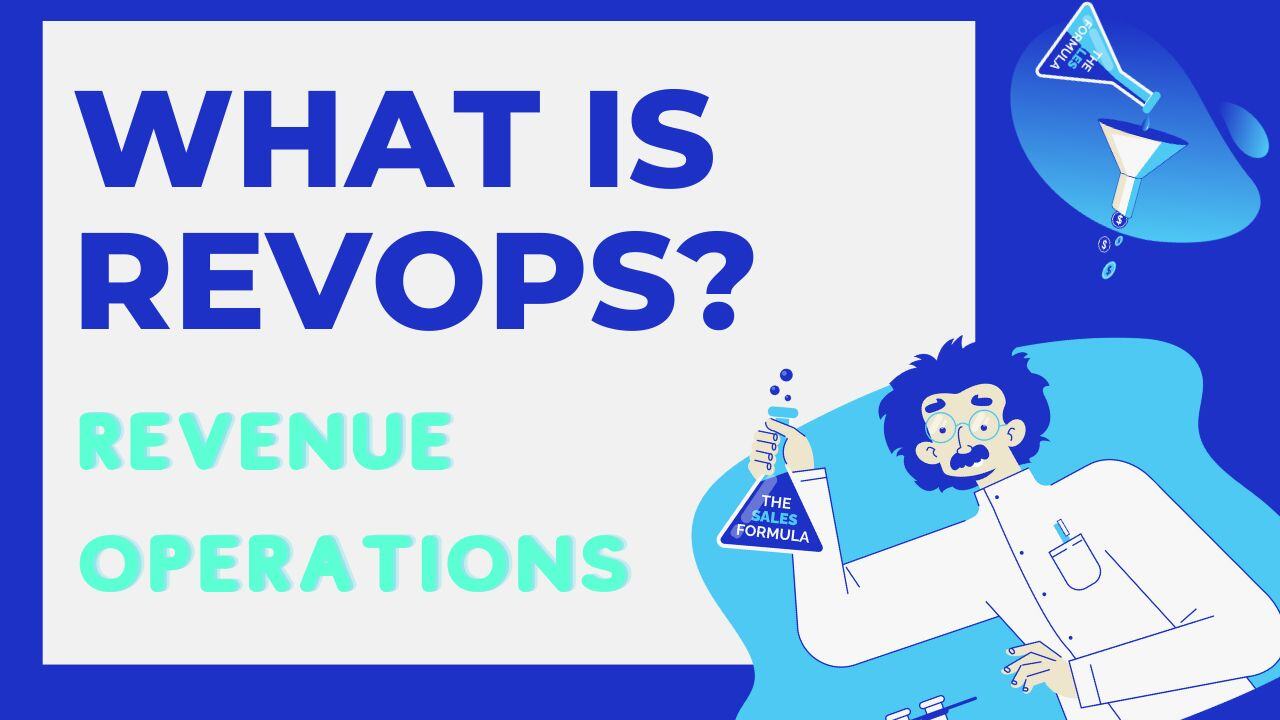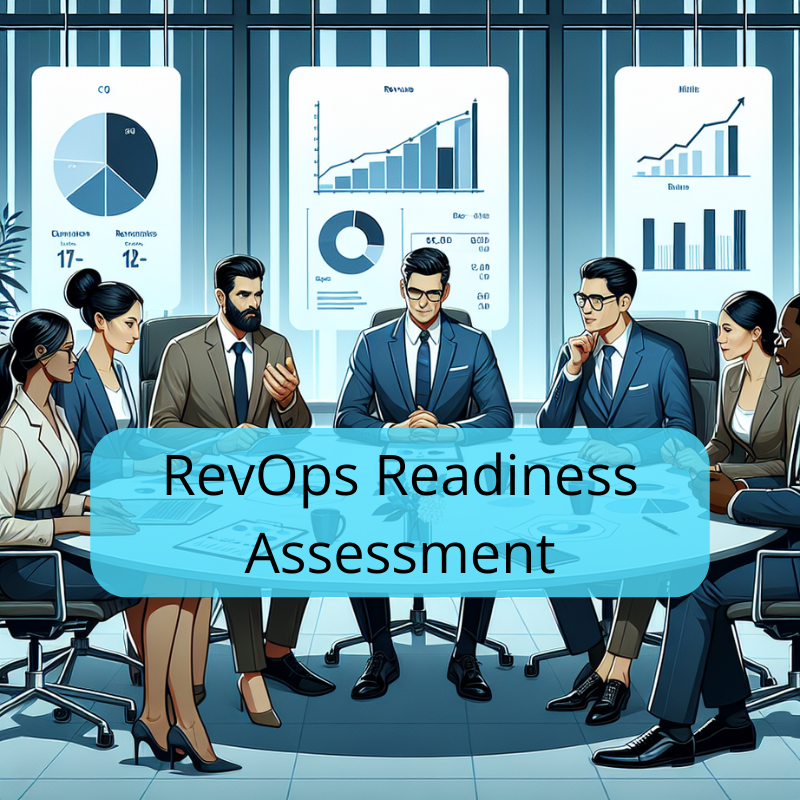What is Revenue Operations (RevOps)?

In the rapidly evolving world of modern business, Revenue Operations (RevOps) stands out as a transformative strategy, crucial for driving efficiency and growth across organizations. This approach integrates sales, marketing, and customer service teams to optimize the revenue streams of a company. Here’s an in-depth look at what RevOps involves, its core components, benefits, and implementation strategies for both startups and established enterprises.
Introducing RevOps
Ultimately, then, RevOps is primarily about the process of removing the silos that exist between departments whose efforts impact a company’s revenue, predominantly sales, marketing, and customer support. This seemingly simple goal allows for the seamless customer experience, beginning at the first sales touchpoint and ending at customer divestment, leading to true customer lifetime value. Thus, some components are included in RevOps: strategy alignment, data integration, and technology stack. The first one applies to the idea of ensuring not only that the sales, marketing, and customer service strategies are aligned, but they are focused on the same long-term endeavors to increase revenue and customer satisfaction.
Understanding Revenue Operations
At its core, RevOps is about breaking down silos between different departments that impact revenue—primarily sales, marketing, and customer support. By aligning these teams, companies can ensure a seamless customer journey from the first touchpoint through to ongoing engagement, ultimately maximizing customer lifetime value.
Key Components of RevOps Strategy Alignment
Ensuring that sales, marketing, and customer service strategies are not only aligned but also focused on the same end goals—increasing revenue and customer satisfaction. Data Integration: Creating a single source of truth for all customer data. This integration allows for more accurate forecasting, reporting, and decision-making across departments.
Technology Stack
Utilizing integrated tools that support all stages of the customer lifecycle, from lead generation to retention, ensuring that technology empowers rather than hinders the flow of data and processes.
Process Optimization
Continuously improving processes to increase efficiency, reduce costs, and improve customer experiences. This includes automating repetitive tasks and ensuring that teams are focused on high-value activities.
Benefits of Implementing RevOps Increased Efficiency
By aligning teams and processes, companies can eliminate redundancies and speed up operations, from marketing campaigns to closing sales and beyond.
Enhanced Visibility: Integrated data systems provide real-time insights into customer behaviors and revenue trends, allowing for more informed strategic decisions.
Improved Customer Experience
A unified approach ensures a cohesive customer journey, enhancing satisfaction and loyalty.
Scalability
RevOps provides a framework that supports growth without the usual growing pains of scaling operations, as processes and teams are already aligned and integrated. Implementing RevOps in Your Business For startups, implementing RevOps can begin with a simple integration of existing tools and a focus on aligning team goals. As the company grows, more sophisticated tools and processes can be introduced.
Conclusion
Established companies might start with an audit of current operations to identify misalignments and inefficiencies. From there, integrating new tools, training teams, and continuously refining processes will be key steps. Whether you’re a growing startup or a well-established player, integrating RevOps into your business strategy can lead to substantial benefits. By fostering alignment across teams, leveraging integrated technologies, and optimizing processes around a unified goal of revenue generation, companies cannot only increase their efficiency and effectiveness but also provide superior customer experiences. Start your RevOps journey today to transform your business operations for the better.
FAQs
1. What is Revenue Operations (RevOps)?
Revenue Operations, often abbreviated as RevOps, is an integrated business function that aligns sales, marketing, and customer service departments to drive growth. By coordinating these key areas, RevOps aims to maximize the revenue potential of any business through streamlined processes, improved efficiency, and enhanced data integration.
2. Why is RevOps important for businesses?
RevOps is crucial because it helps organizations break down silos between departments that are traditionally separate but interdependent. This alignment increases transparency and communication, leading to more effective decision-making and strategy execution. Ultimately, RevOps supports sustainable business growth by ensuring that all revenue-related activities are optimized.
3. What are the main components of a successful RevOps strategy?
A successful RevOps strategy typically involves:
- Data Management: Ensuring data accuracy and accessibility across all departments.
- Process Optimization: Streamlining processes to reduce friction and increase efficiency.
- Technology Integration: Utilizing the right tools to automate tasks and gather insights.
- Cross-functional Collaboration: Encouraging teamwork across all revenue-related departments.
4. How does RevOps differ from traditional sales operations?
While sales operations focus primarily on the effectiveness and efficiency of the sales team, RevOps extends its scope to include marketing and customer service. This broader perspective is designed to optimize the entire revenue cycle, not just individual sales transactions, making it more comprehensive than traditional sales operations.
5. What benefits can companies expect from implementing RevOps?
Companies that implement RevOps can expect several benefits, including:
- Increased Revenue: Through better alignment and efficiency.
- Enhanced Customer Experience: Due to a unified approach to handling customer interactions.
- Improved Operational Efficiency: As a result of streamlined processes and communication.
- Data-Driven Decision Making: Enabled by integrated data and analytics.
6. How can a company start implementing RevOps?
To start implementing RevOps, a company should:
- Assess Current Operations: Identify inefficiencies and areas for improvement.
- Define Goals and Metrics: Establish clear objectives and how they will be measured.
- Invest in Technology: Choose tools that enhance collaboration and data analysis.
- Foster a Culture of Collaboration: Encourage departments to work together towards common goals.
7. Are there any challenges to adopting a RevOps model?
Yes, challenges in adopting a RevOps model may include:
- Cultural Resistance: Overcoming traditional silos and fostering a collaborative environment.
- Data Integration: Ensuring different systems and databases can work together seamlessly.
- Skill Gaps: Training teams to handle new tools and approaches.
- Continuous Improvement: Keeping strategies and processes updated as the business evolves.
Make the smart choice—schedule a consultation with us today.
Keep up-to-date with the latest advancements in Sales/Marketing AI and Revenue Operations by following us on LinkedIn, YouTube, and Meta. Subscribe to our newsletter to ensure you never miss out on vital industry insights and the latest news affecting the broader landscape of revenue operations.
Related Articles

Take The RevOps Readiness Assessment
In today's fast-paced business environment, achieving streamlined operations and sustained revenue growth requires more than traditional approaches. The evolving landscape demands a well-coordinated...